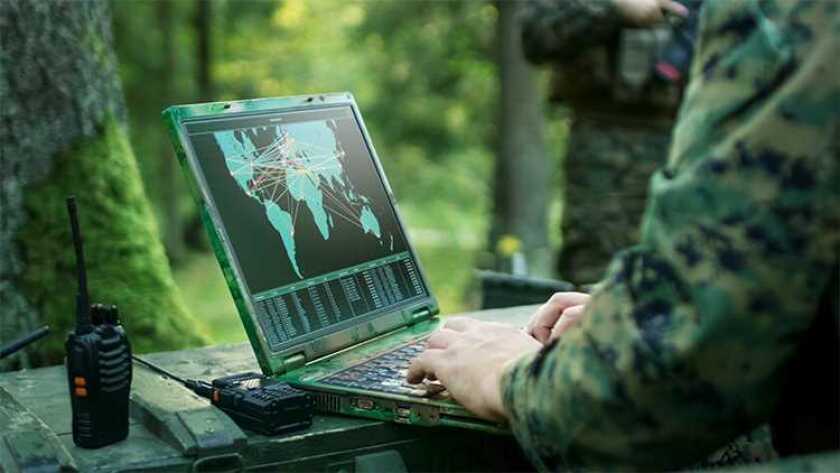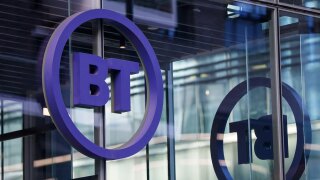Following an agreement made in the spring of 2022, Telia Norway and the Norwegian Defence Materiel Agency demonstrated how network slicing is used to create a private network for the Norwegian Armed Forces.
The demonstration took place during a major naval exercise at Haakonsvern, the Royal Norwegian Navy’s main base in Bergen and showcased how the Norwegian Armed Forces’ mobile traffic is separated from other traffic in Telia Norway’s national 5G network.
Telia this ensures secure and effective communication in both peacetime and crisis situations.
“The Norwegian Armed Forces are a large and important customer for Telia, and we are proud to reach this important milestone in close cooperation with the Norwegian Defence Materiel Agency,” said Jon Christian Hillestad, head of enterprise at Telia Norway.
“Simply put, the Norwegian Armed Forces get their own mobile network that only they can use. At the same time, this is a solution that is highly relevant when it comes to realising the next-generation emergency network,” he continued.
Advanced 5G functions such as network slicing, virtual private mobile networks require a 5G stand-alone network, which does not rely on a 4G core network and can offer low latency, as well as optimised and tailored communication services for the network providers customers.
“Whereas 4G was a ‘one size fits all’ technology, 5G gives us far more opportunities to adapt the mobile network for military use,” said Kennet Nomeland, a radio system architect in the Norwegian Defence Materiel Agency.
“Through several pilots, we have tested both private 5G networks and slice sharing, but this is the first time we are testing services in an isolated military network inside a commercial mobile network. This is the start of something big. There is every reason to congratulate Telia on what they have showcased, and we look forward to further cooperation.”
Henning Huuse, a 5G business development manager at Telia Norway, explains that network slicing allows the Norwegian Armed Forces’ mobile traffic to be adapted to suit its needs.
“What is unique here is that the Norwegian Armed Forces’ mobile traffic is separated from other traffic in the mobile network and can be routed wherever they want, for example to their own data centers, even if you use the same base stations and core network,” Huuse said.
“This makes it possible to take advantage of the commercial mobile networks in an efficient manner, while at the same time ensuring a very high level of security."
In parallel with the network slicing demonstration, Telia Norway and the Norwegian Directorate for Civil Protection and Emergency Planning also demonstrated how emergency workers can use Telia’s 5G mobile network.
“We demonstrated how terrestrial trunked radio terminals from the emergency network can use Telia’s mobile network when needed,” Huuse explained.
“With the help of network slicing, this traffic can also be separated and prioritised, and it is possible to set up conversation groups in which both dedicated emergency network terminals and regular smartphones can be included. In other words, Nødnett [the Norwegian Public Safety Network] uses Telia’s mobile network as a radio carrier."
"This is an important design principle that has been chosen for the next generation of emergency networks, and we can already see that it works."
Finally, Telia Norway demonstrated how a mobile base station can be used to restore or extend mobile coverage using low-orbit satellites. This solution is particularly relevant in the event of natural disasters, when mobile coverage may be affected by power or fiber outages.





